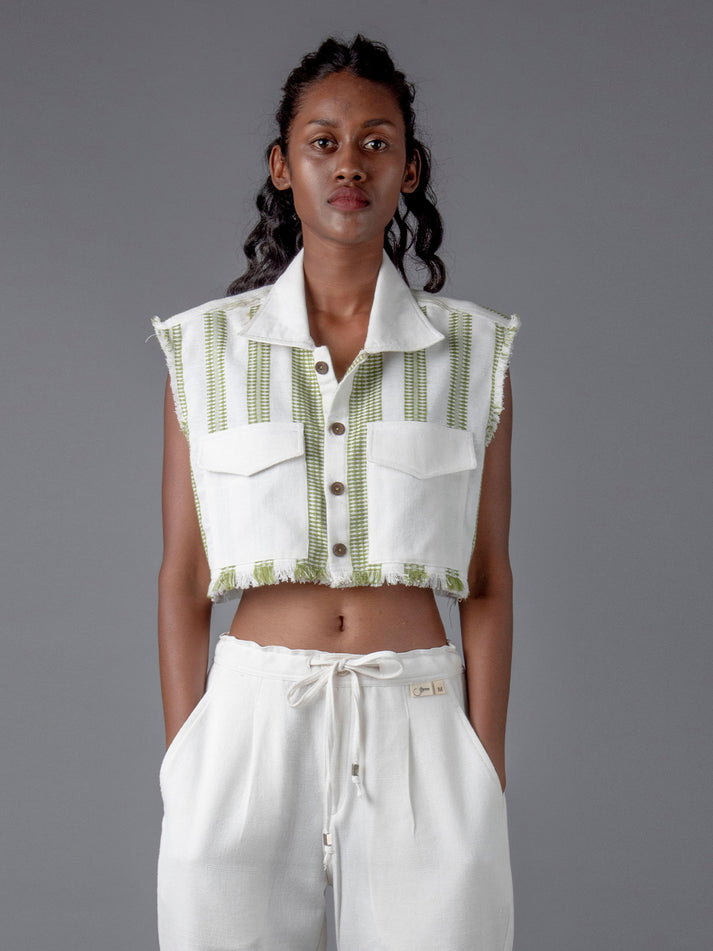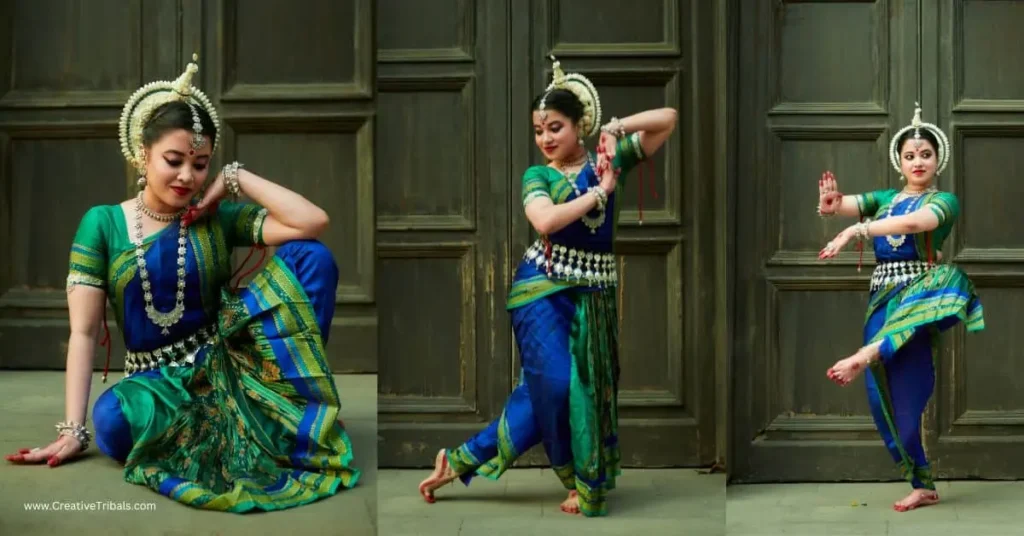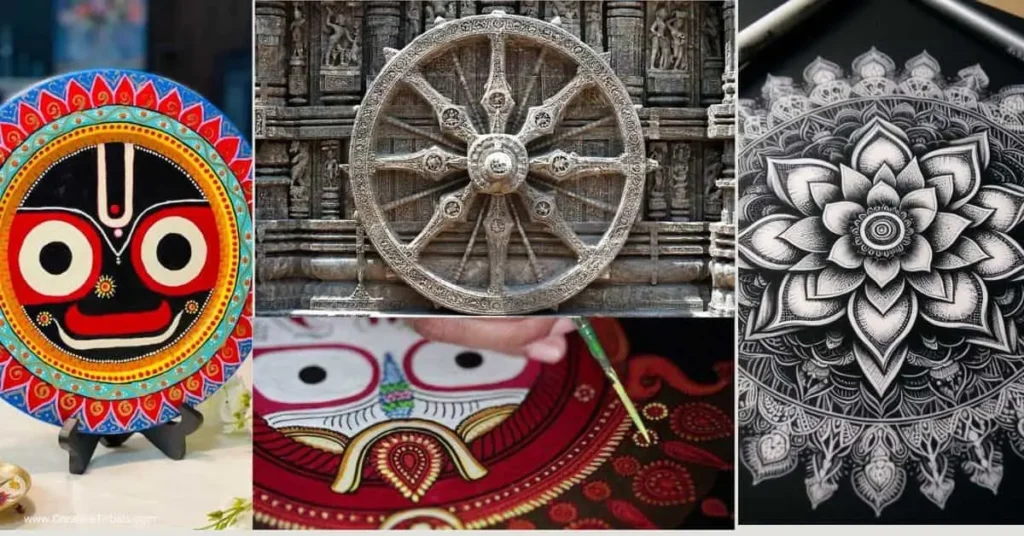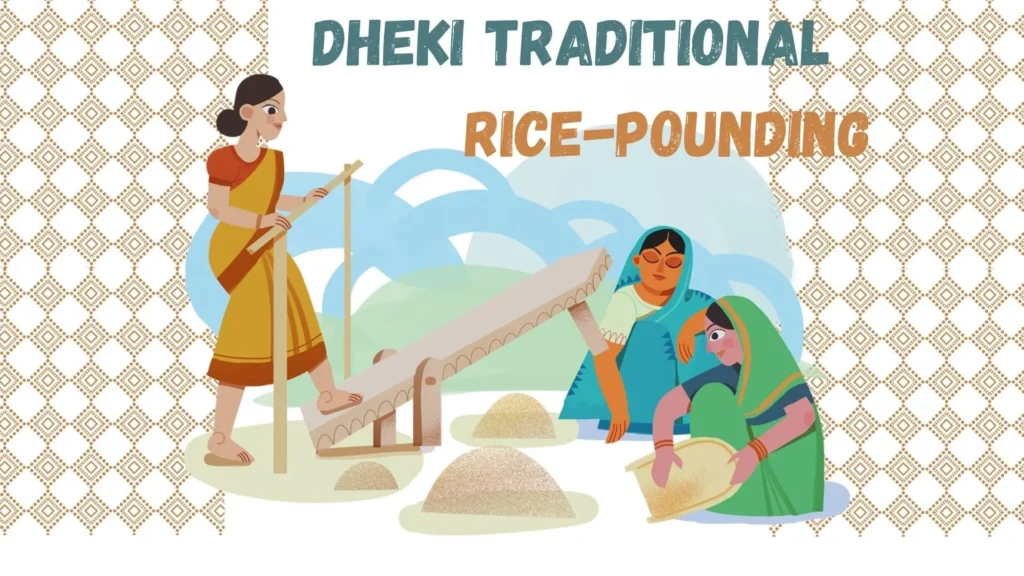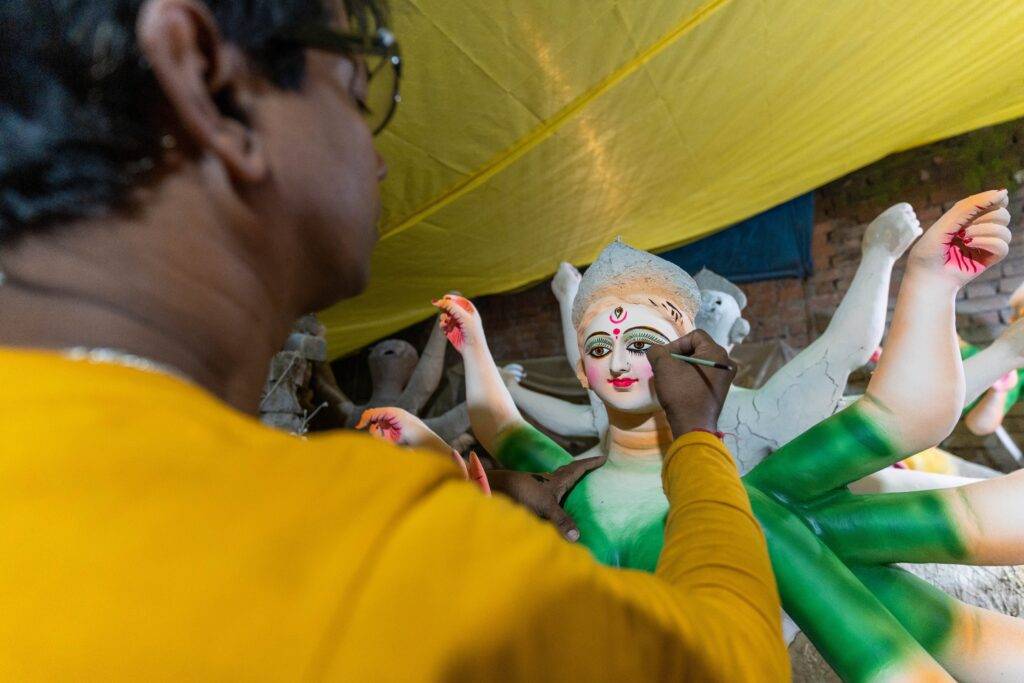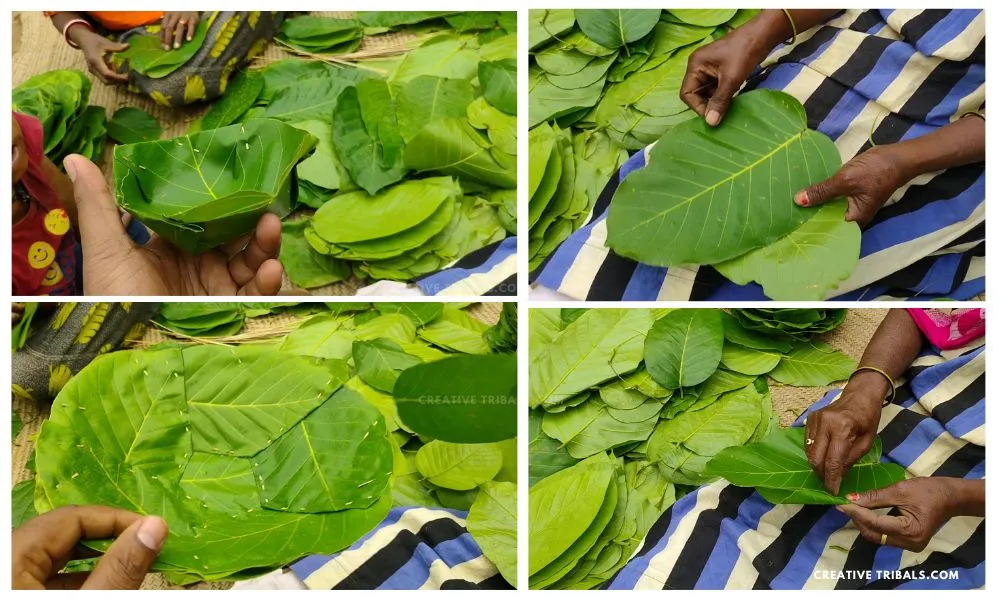
Sambalpuri saree are a hallmark of India’s rich textile heritage, originating from the culturally vibrant region of Sambalpur in Odisha. Known for their unique and intricate weaving technique, these sarees are not just attire but are symbols of Odisha’s artistic and cultural identity. They hold a special place in the hearts of saree lovers due to their artistic patterns and handloom techniques, making each piece a work of art. While traditionally worn by women in Odisha, their charm has transcended regional borders, and they are now admired across India and abroad.
The Sambalpuri saree is recognized for its craftsmanship in tie-and-dye, locally called “Bandhakala” or “Ikat.” This meticulous process involves pre-dyeing the threads before they are woven into beautiful patterns. The symmetry and precision in design showcase the skill and expertise of the weavers, making each saree unique. Sambalpuri sarees come in a variety of materials, including cotton, silk, and tussar, and they are celebrated for their distinctive motifs inspired by nature, mythology, and traditional symbols like the “shankha” (conch), “chakra” (wheel), and “phula” (flower).
For more detailed information about Sambalpuri saree and their historical significance, you can visit India Handloom’s official page, which provides insight into the handloom industry of India.
Modern Sambalpuri Saree Design: A Blend of Tradition and Trend
In recent years, the Sambalpuri saree has undergone a stylish evolution, thanks to innovative designers who have fused traditional patterns with modern aesthetics. While the classic motifs and handloom weaving remain the soul of these sarees, contemporary Sambalpuri sarees now feature a refreshing twist that appeals to the modern woman. These updated designs cater to younger audiences who appreciate ethnic wear with a contemporary edge.
Designers are experimenting with various fabrics, color palettes, and motifs to make Sambalpuri sarees more versatile for different occasions. Some modern variants include:
- Sambalpuri Silk Saree: Known for their sheen and richness, these sarees come in vibrant colors like peacock blue, maroon, and emerald green. The silk adds a luxurious touch, making them perfect for festive and formal events.
- Sambalpuri Cotton Saree: Light and breathable, Sambalpuri cotton sarees now come in trendy pastel shades, geometric patterns, and minimalistic designs. These sarees are ideal for office wear and casual occasions.
- Designer Sambalpuri Saree: Featuring fusion patterns like tribal motifs, abstract designs, and contemporary color blocking, designer Sambalpuri sarees are popular among fashion-forward women. These sarees maintain the traditional handloom weave while incorporating modern elements that reflect current fashion trends.
- Sambalpuri Saree with Contrasting Borders: A popular choice today, these sarees come with contrasting borders, often in bold hues like neon or metallics, adding a chic and youthful vibe.
The resurgence of Sambalpuri sarees in modern fashion owes much to the growing appreciation for sustainable and handcrafted fashion. Many women now prefer sarees that not only look stylish but also support the weavers and the indigenous art form.


How to Identify an Authentic Sambalpuri Saree?
With the rising popularity of Sambalpuri sarees, it’s essential to know how to distinguish an authentic handloom Sambalpuri saree from machine-made or imitation versions. Here are a few key pointers that can help you identify a genuine Sambalpuri saree:
1. Handwoven Patterns
Authentic Sambalpuri sarees are entirely handwoven. The patterns on the saree are not printed but woven into the fabric using the Ikat technique. The most prominent feature of this weaving process is that the design appears the same on both sides of the saree. This is a clear indication of a genuine handloom product. Machine-made replicas usually have patterns that are not equally defined on the reverse side.
2. Ikat Tie-Dye Technique
Sambalpuri sarees use the traditional Ikat or Bandhakala tie-dye method, where the yarns are dyed before being woven. The edges of the motifs may have slight irregularities due to the manual dyeing process, which actually adds to the saree’s charm and authenticity. Perfectly defined motifs are often a sign of mass-produced or machine-made sarees.
3. Traditional Motifs
Look for traditional Sambalpuri motifs like the conch (shankha), wheel (chakra), flower (phula), and peacock designs. These motifs have symbolic meanings rooted in Odisha’s cultural and religious heritage. While modern designs may incorporate new motifs, authentic Sambalpuri sarees will always reflect some traditional symbols, even in contemporary patterns.
4. Government Certifications
To preserve the authenticity of Sambalpuri handloom, the Government of India has introduced the Geographical Indication (GI) tag for these sarees. An authentic Sambalpuri saree will often have a GI tag or a certification mark from a recognized handloom organization. Always check for this label if you want to be sure of the saree’s authenticity.
5. Price
The intricate craftsmanship and time required to create a Sambalpuri saree often reflect in its price. Genuine Sambalpuri sarees, especially silk variants, tend to be priced higher than machine-made copies. If a saree is being offered at an unusually low price, it might be a replica or an imitation.
6. Texture and Feel
Authentic Sambalpuri sarees, especially the cotton ones, have a slightly coarse texture because of the handloom weaving process. Silk Sambalpuri sarees, on the other hand, will feel soft yet sturdy. Machine-made versions tend to feel either too smooth or too rough due to synthetic materials being used.
7. Artisan Recognition
Many authentic Sambalpuri sarees carry the names or signatures of the weaver or the weaving community that made them. These artisans often take immense pride in their craft, and some sarees may even come with a tag or card mentioning the weaver’s details. Purchasing directly from certified handloom stores or exhibitions ensures you are getting an authentic piece while supporting the artisan community.


The Process of Making Sambalpuri Textiles
Selection of Yarn: Traditionally, cotton and silk are used as the base material for weaving. The weavers source high-quality yarn, which forms the foundation of the fabric.
Tying and Dyeing (Ikat): The most unique aspect of Sambalpuri textiles is the tie-and-dye technique applied to the yarn before weaving. The yarns are carefully tied in small sections to create a resist pattern. After tying, the yarns are immersed in dyes, often multiple times, to achieve the desired colors and patterns.
Setting the Loom: After the dyed yarn is ready, it is stretched and set on the loom. The setting of the loom is a meticulous task, as it has to align the dyed sections perfectly to form the intended pattern.
Weaving: The actual weaving process begins once the loom is set. Traditional wooden looms are still used by artisans in many parts of Odisha. The weaving can take several days to months, depending on the complexity of the design.
Finishing Touches: After weaving, the fabric is washed to set the dyes and remove any remaining resist material. Sometimes, additional embellishments like hand embroidery are added to enhance the fabric’s beauty.
Types of Sambalpuri Textiles:
- Sambalpuri Sarees: These are the most famous products, known for their bright colors and intricate designs.
- Dress Materials: Fabrics used for salwar suits, kurtas, and dupattas.
- Home Decor: Sambalpuri fabrics are also used to make cushion covers, curtains, and tablecloths
FAQs
What is the unique feature of Sambalpuri saree?
The most unique feature of Sambalpuri saree is its Ikat tie-dye technique, where both warp and weft are dyed before weaving, creating intricate patterns that are visible on both sides of the saree.
How can I check if a Sambalpuri saree is handloom?
You can check the weave and the symmetry of the patterns. A handloom Sambalpuri saree will have the design appearing on both sides of the fabric, and slight irregularities in the pattern due to the manual dyeing and weaving process.
What are the common motifs found in Sambalpuri sarees?
Common motifs include the conch (shankha), wheel (chakra), lotus (kamal), and flower (phula), which hold cultural and religious significance in Odisha.
Are Sambalpuri sarees expensive?
Authentic handloom Sambalpuri sarees can be expensive due to the labor-intensive process involved in making them. The price varies depending on the material, such as silk or cotton, and the intricacy of the design.
Can I wear a Sambalpuri saree for casual occasions?
Yes, modern Sambalpuri sarees, especially cotton variants, are perfect for casual wear. The designs have evolved to include lighter fabrics and more minimalistic patterns, making them suitable for daily use.
Why do some Sambalpuri sarees have irregular patterns?
Irregularities in patterns are common in handloom sarees as they are manually woven and dyed. These small imperfections actually add to the authenticity and charm of the saree.




